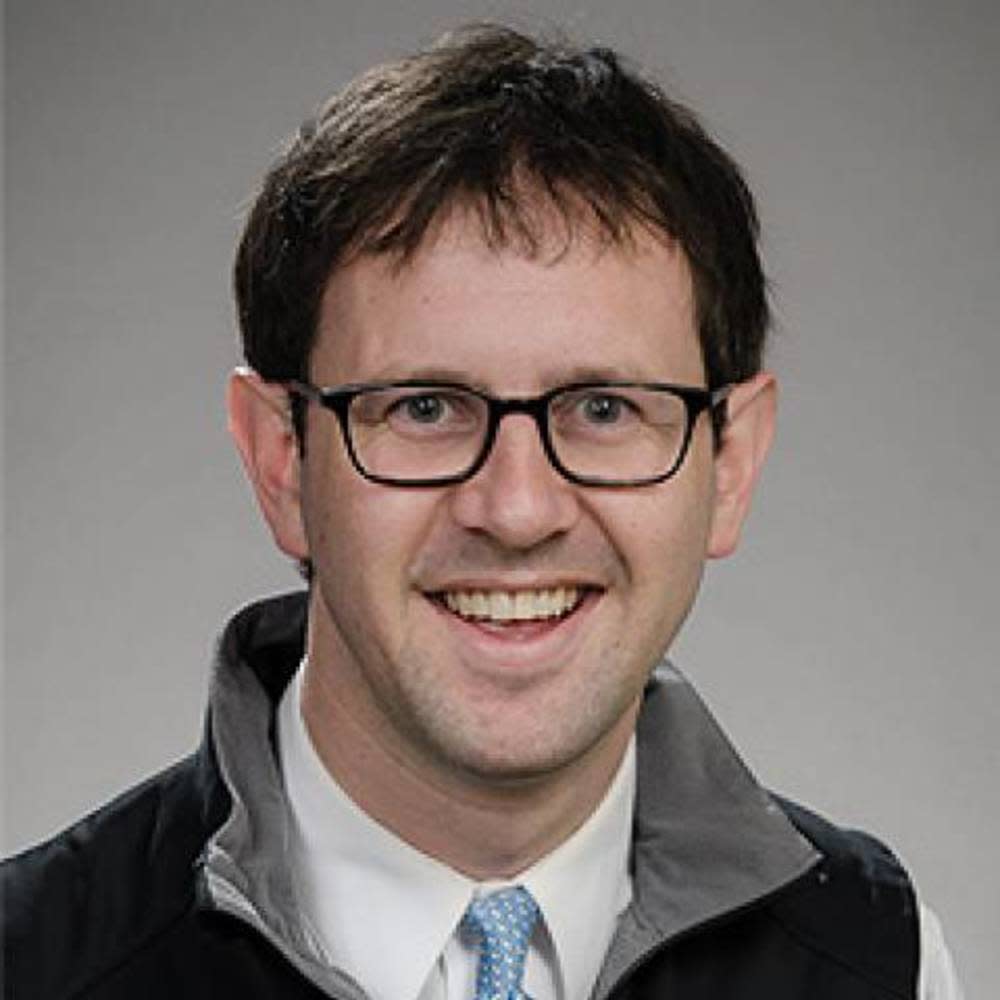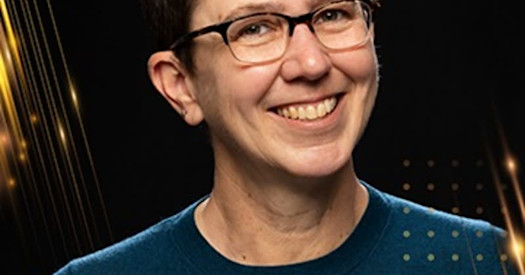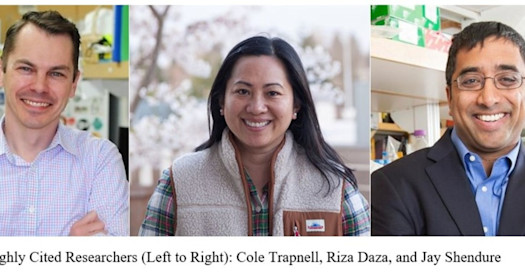 'This idea profoundly changed the course of my career.'
'This idea profoundly changed the course of my career.'
BBI: Can you tell us about your professional path to your area of research?
Dr. Sunshine: I was fairly certain in medical school that I wanted research to be part of how I spent my time as a physician. Along the way, in medical school and residency, I actively sought out opportunities to develop new research skills and pursue projects that would enable that goal. I was fortunate in residency to get early protected research time through a foundation grant that started right after residency when I was a new assistant professor. I originally thought I would work with big data from electronic medical records (EMRs) or public datasets and primarily conduct observational studies. I had a big change in direction about 1.5 years into my faculty position when I had an idea around detecting opioid overdoses. In hindsight, this idea profoundly changed the course of my career.
BBI: Can you tell us about that early project with opioid overdose detection?
Dr. Sunshine: This was in 2017, when it was becoming more apparent that synthetic opioids (particularly fentanyl) were playing an outsized role in driving mortality in the opioid epidemic. Being an anesthesiologist, I routinely work with this medication (safely and as indicated). It is a standard medication used in the operating room when anesthetizing patients. As part of the process of putting a patient to sleep, we use fentanyl and other medications to safely stop breathing so that we can place a breathing tube and connect patients to ventilators during their operations.
The question was: Could we take advantages of this dangerous respiratory pattern (which is safe and routine in an operating room), and use sensors to capture – and, ultimately classify – breathing signatures that would very closely resemble overdose physiology?
Incidentally, this routine operating room procedure is a favorable model for reproducing what occurs in opioid overdose, when someone immediately transitions from a state of breathing normally to having complete cessation of breathing – a pattern seen commonly in those who experience fentanyl toxicity events (i.e., an acute overdose). The question was: Could we take advantages of this dangerous respiratory pattern (which is safe and routine in an operating room), and use sensors to capture – and, ultimately classify – breathing signatures that would very closely resemble overdose physiology?
This work led me on a journey with collaborators in computer science to find what sort of sensors could be brought to bear on this. We eventually focused on using commodity smart devices capable of contactless measurement of breathing using active sonar. That is, using these devices’ embedded speakers and microphones to emit high frequency tones (outside of the audible range) and measuring their reflections off the patient’s chest to capture and ultimately classify the breathing pattern that occurs when someone stops breathing. This was appealing because, in theory, anyone with a smartphone could monitor their own breathing. As part of harm reduction strategies, we commonly ask people to engage in behaviors that can help keep them safer (e.g., needle exchange, supervised consumption) until they are able to seek treatment. As part of that harm reduction paradigm, we envisioned people who engage in high-risk opioid use behaviors, if they wanted, to use a smart device, monitor their breathing in moments of elevated risk, and have it summon help if they experienced respiratory distress, and could not seek help themselves. Opioid overdoses are one of the rare life-threatening conditions that are completely reversible if caught early, so a model for an early intervention in overdoses could be incredibly helpful.
The early findings showed good evidence that smart-device respiratory monitoring was feasible for identifying pathologic respiratory patterns.
BBI: Congrats on this idea! Could you next tell us about how your work with smart devices for clinical diagnosis has evolved since then?
Dr. Sunshine: A thing I find motivating and inspiring is the idea that a technology’s most transformative use is sometimes not readily apparent. For example, in the last decade there has been a whole new computing platform that is found in some of our home environments – smart speakers. These devices can be used for mundane tasks like setting a timer, ordering groceries, or listening to music. But they can also be used, in theory, for passive sensing purposes to monitor for health deterioration, or to help keep someone safer in an emergency context (particularly in unwitnessed settings). A project I am excited about has to do with using a smart device to identify a particular and distinct type of breathing (agonal breathing) that happens when someone has a cardiac arrest. Agonal breathing is never normal and is a highly preserved brain stem reflex that presents in about 50 percent of cardiac arrests. The unique sound signature of agonal breathing lends itself particularly well to machine-based classification given that it is not common in everyday environments.
An early question in a project like this is how to train a machine to recognize this distinct sound signature from a rare, life-threatening event that is not easily reproduced in a lab. In the case of agonal breathing, we needed various audio clips of actual agonal breathing instances to train an algorithm to recognize it. We had the idea to work with King County EMS to identify actual audio clips of agonal breathing from 911 call recordings. Because agonal breathing can be such a strong clinical indicator for CPR, a 911 dispatcher will sometimes ask a caller to put the phone’s speaker near the mouth of the victim to listen carefully. In this database of phone recordings, we found hundreds of clear instances of agonal breathing captured in the field. These recordings allowed us to train a model to successfully identify agonal breathing, even when compared to other obstructive breathing sounds that occur much more commonly (e.g., sleep disordered breathing), but are not agonal.
The history of medicine is full of examples of repurposing existing technologies and using them for medical applications. The pacemaker is a great early example of this and more recently we see this with common smart devices. The idea that these devices all around us can be repurposed for health and diagnostic purposes is a form of precision medicine that I think holds tremendous promise and I find incredibly exciting.
Check back in soon for more chats with BBI members from our partner institutions. Get an inside view into their work and where they think the field of precision medicine is heading next.


